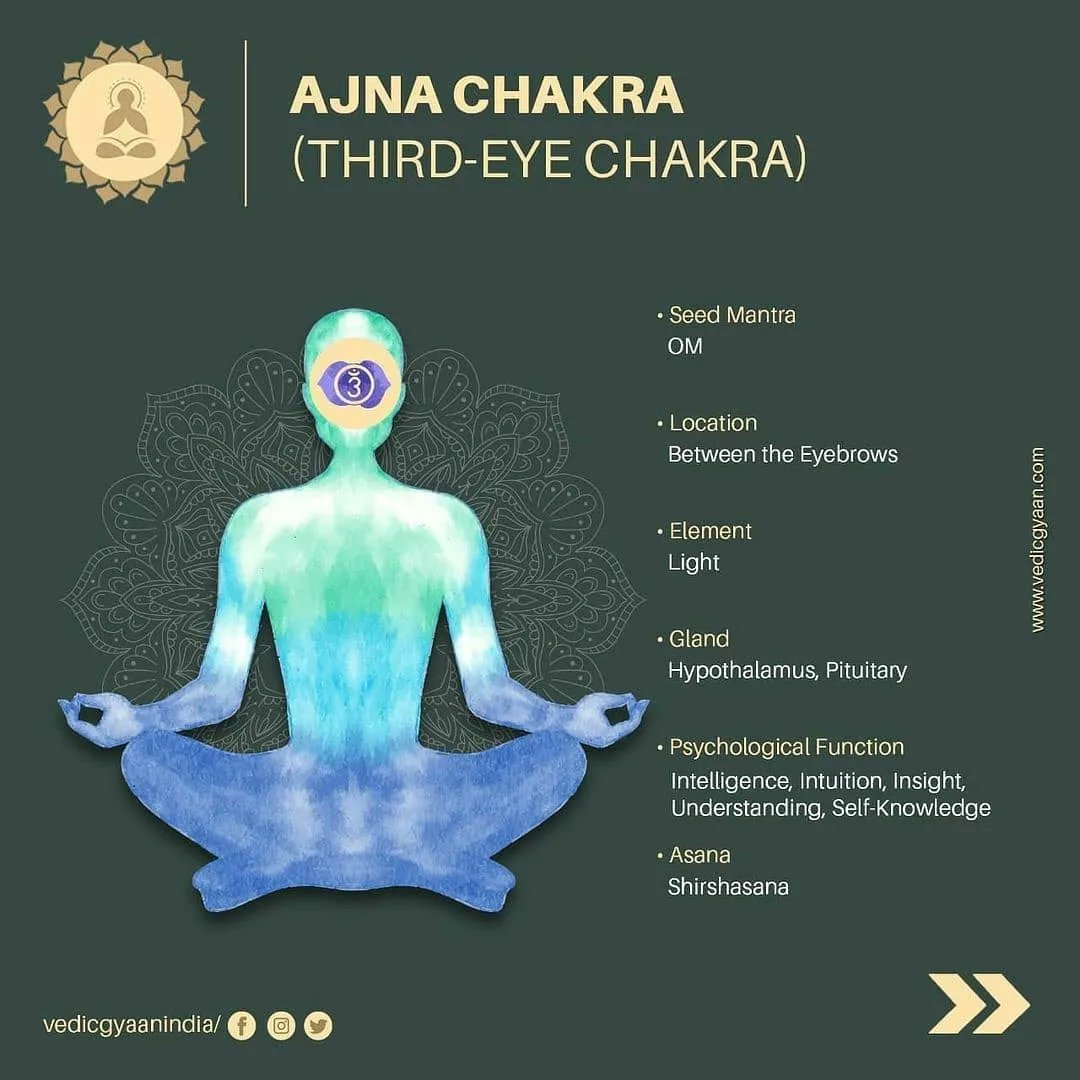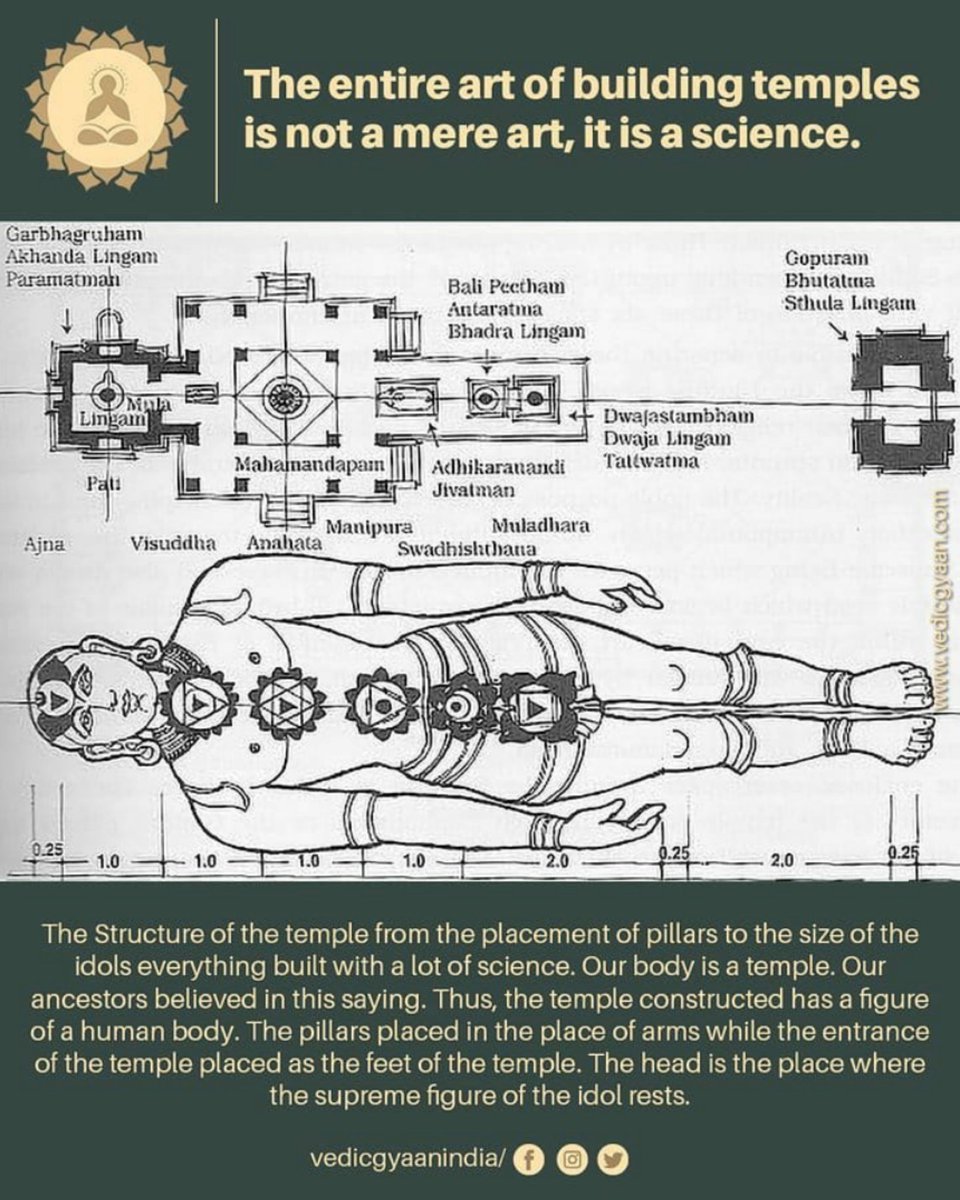Sanskrit is not just an ordinary human language but consists of sounds and vibrations of the cosmic mantras to govern every aspect of the universe. Sanskrit is said to be the language of vedas and yoga that facilitates the awakening of higher awareness.
The language was spoken
The language was spoken

in ancient Bharat (#India) and is one of the oldest languages that comprises of sounds, syllables and written communication and speech. It holds divinity and till date all the auspicious hindu customs follow the scriptures written in Sanskrit. Several languages in the west have
have originated from the Sanskrit language. Thus, it is the mother for many languages around the globe. The origin of the #Sanskrit language is still not known and therefore, it is called #Sanatan (eternal), existed from the immemorial time period and have remained a language of
communication for many divinities.
It has 13 vowels, 25 consonants, 4 semi vowels, 4 sibilants and 2 diacritics. Each letter has a different pronunciation to soothe human vocal performance. While pronouncing a #consonant the complete tongue is contacted with a certain palate.
It has 13 vowels, 25 consonants, 4 semi vowels, 4 sibilants and 2 diacritics. Each letter has a different pronunciation to soothe human vocal performance. While pronouncing a #consonant the complete tongue is contacted with a certain palate.
Every letter is set out perfect #mathematically.
On the basis of the pronunciation, letters are divided into different groups.
There are 5 primary consonants groups that end with an Anunasik or #Nasal sound (ङ ञ ण न म)
Kanthya : pronounced using throat and back of the tongue
On the basis of the pronunciation, letters are divided into different groups.
There are 5 primary consonants groups that end with an Anunasik or #Nasal sound (ङ ञ ण न म)
Kanthya : pronounced using throat and back of the tongue
क ख ग घ ङ
Talavya: Pronounced using tongue and hard palate
च छ ज झ ञ
Murdhanya: Pronounced using upper front part of the palate and front of the tongue
ट ठ ड ढ ण
Dantya: pronounced using teeth and front part of the tongue
त थ द ध न
Oshtya: pronounced using lips
प फ ब भ म
Talavya: Pronounced using tongue and hard palate
च छ ज झ ञ
Murdhanya: Pronounced using upper front part of the palate and front of the tongue
ट ठ ड ढ ण
Dantya: pronounced using teeth and front part of the tongue
त थ द ध न
Oshtya: pronounced using lips
प फ ब भ म
There are 2 more groups - the semi #vowels and fricatives
य र ल व - the semi vowels are soft unlike consonants
श ष स ह - the ushna or fricative sounds produce heat due to the excessive contact and hiss like action.
य र ल व - the semi vowels are soft unlike consonants
श ष स ह - the ushna or fricative sounds produce heat due to the excessive contact and hiss like action.
• • •
Missing some Tweet in this thread? You can try to
force a refresh

















